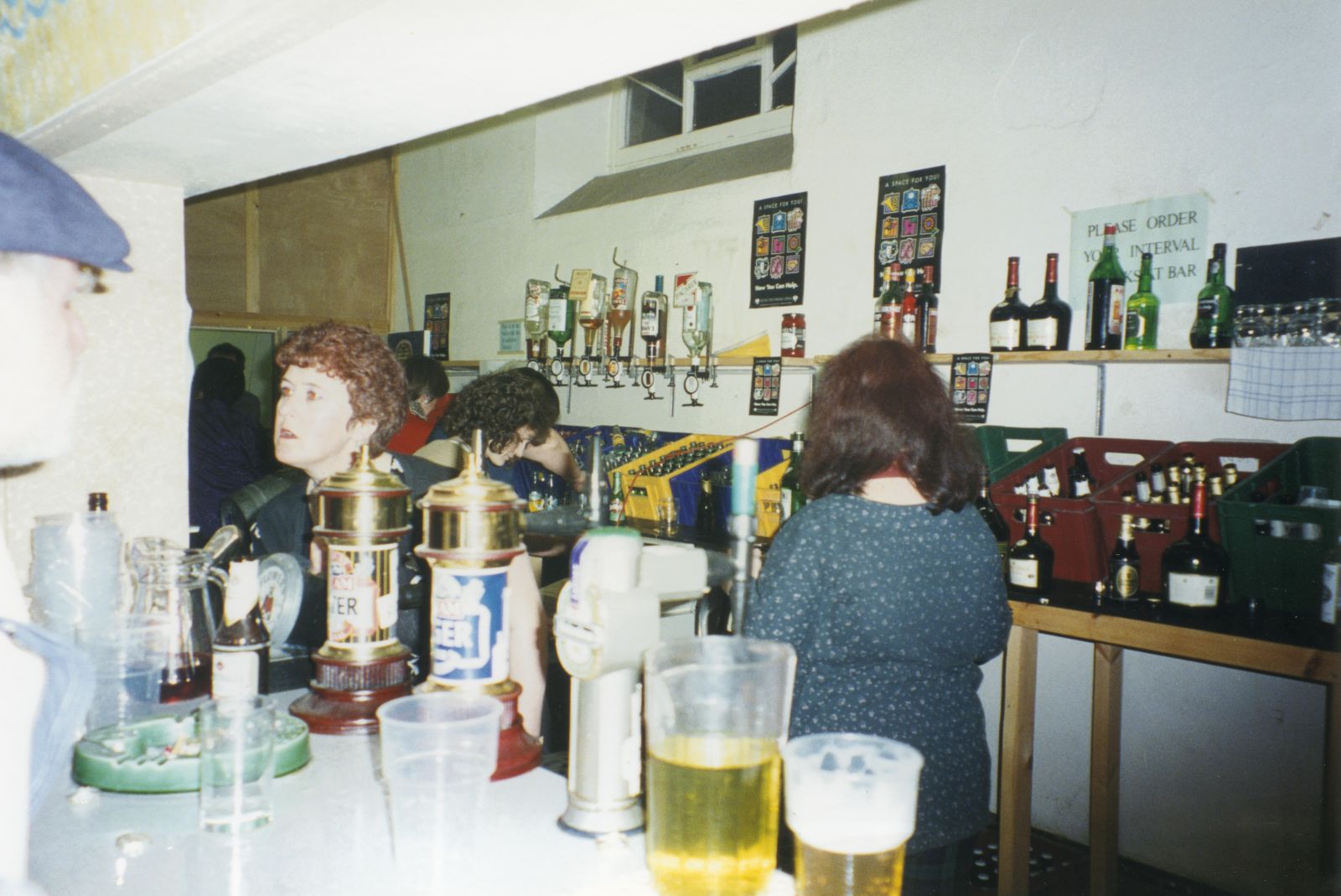In the early 20th century, civic leaders decided to make City Hall’s market hall available for public use. Since then, the Hall has operated as an extremely flexible and versatile arts, performance and events venue and has held many a function during its 100 year history as a public space. This photograph is from a music event which was held at the Hall in the period 1993-94.







